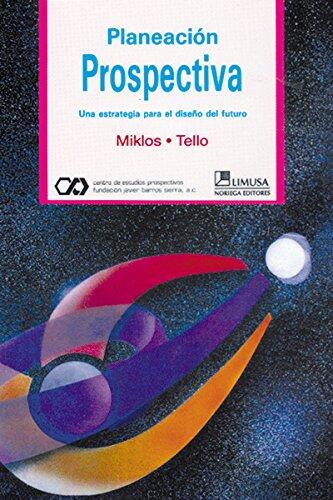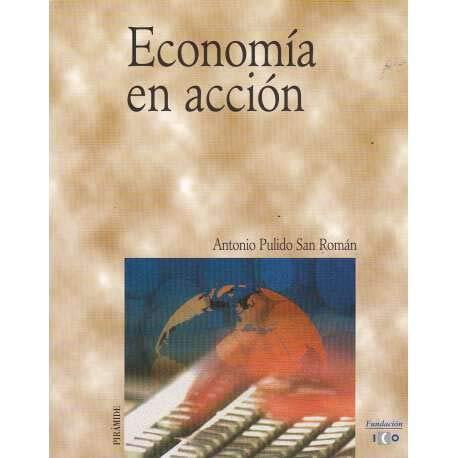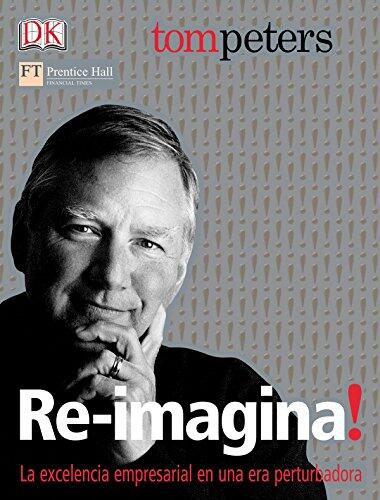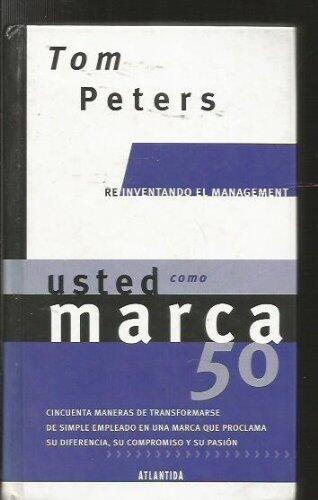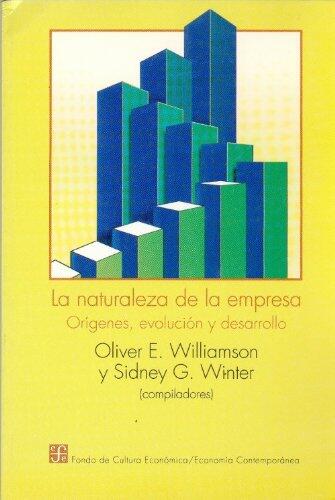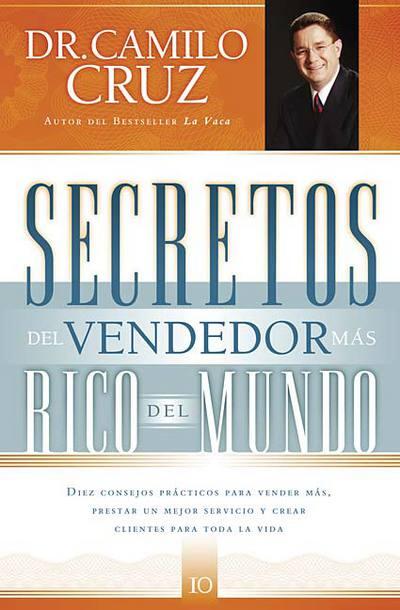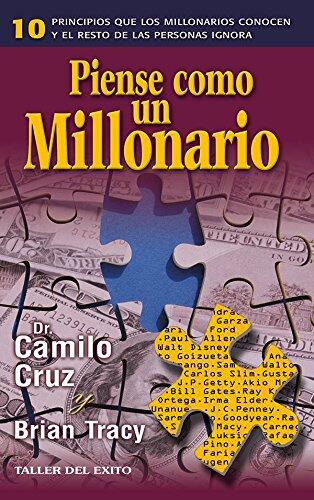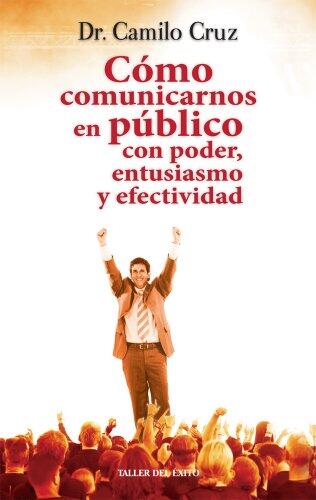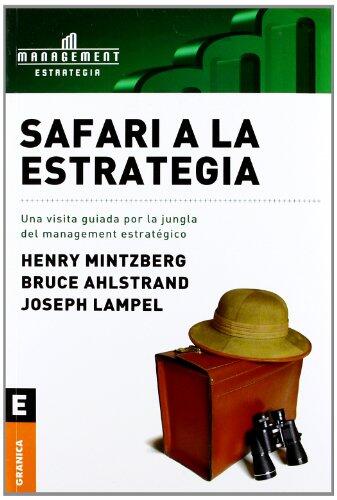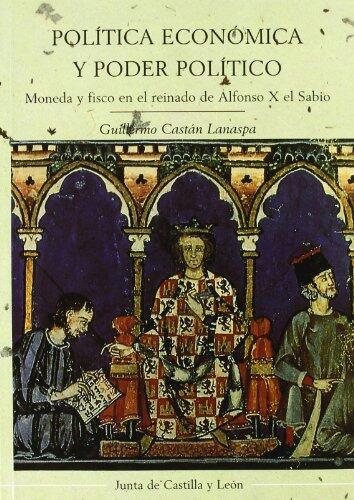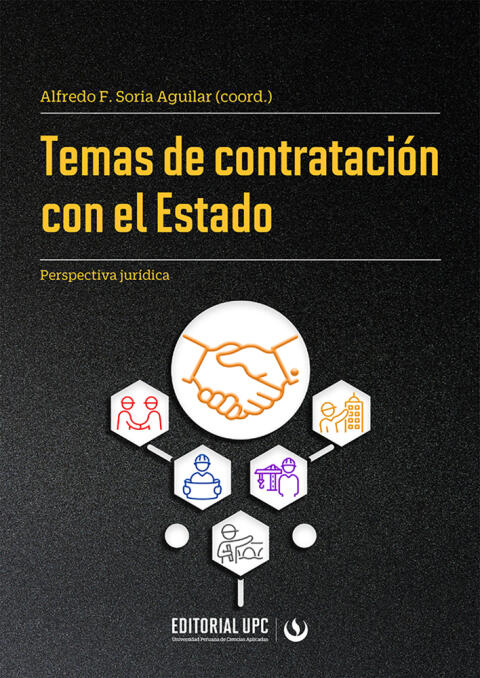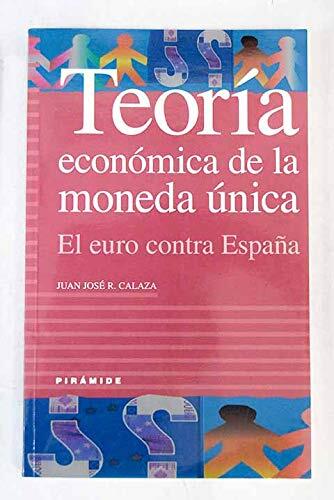
Teoria economica de la moneda unica / Economic Theory of The Single Currency: El Euro Contra Espana
بواسطة
Juan J. Rodriguez Calaza
لا توجد تقييمات بعد
Business & Economics
تنسيق
غلاف ورقي
صفحات
224
لغة
الإسبانية
منشور
Jan 1, 2022
الناشر
Piramide Ediciones Sa
رقم ISBN-10
8436812018
رقم ISBN-13
9788436812015
الوصف
Juan J. Rodriguez Calaza delves deeply into the economic intricacies of the euro and its impact on Spain. Through meticulous research and analysis, he explores how the adoption of a single currency influences national economies, with a particular focus on Spain's unique challenges and opportunities in this context.
The work presents a comprehensive look at the theoretical underpinnings of a unified currency, providing a foundation for understanding its benefits and drawbacks. Calaza examines historical data and economic trends, shedding light on the complexities of fiscal policies in a multi-national currency environment.
With an emphasis on the economic ramifications for Spain, the author contemplates issues of economic sovereignty, trade balances, and monetary policy alignment. He argues that while the euro facilitates trade and investment, it also imposes constraints that can hinder national economic strategies.
The book serves as a valuable resource for economists, policymakers, and anyone interested in the broader implications of a single currency on national economies, particularly within the Spanish context. Through careful analysis and a well-researched approach, Calaza contributes significantly to the discourse surrounding currency unification in Europe.
The work presents a comprehensive look at the theoretical underpinnings of a unified currency, providing a foundation for understanding its benefits and drawbacks. Calaza examines historical data and economic trends, shedding light on the complexities of fiscal policies in a multi-national currency environment.
With an emphasis on the economic ramifications for Spain, the author contemplates issues of economic sovereignty, trade balances, and monetary policy alignment. He argues that while the euro facilitates trade and investment, it also imposes constraints that can hinder national economic strategies.
The book serves as a valuable resource for economists, policymakers, and anyone interested in the broader implications of a single currency on national economies, particularly within the Spanish context. Through careful analysis and a well-researched approach, Calaza contributes significantly to the discourse surrounding currency unification in Europe.


